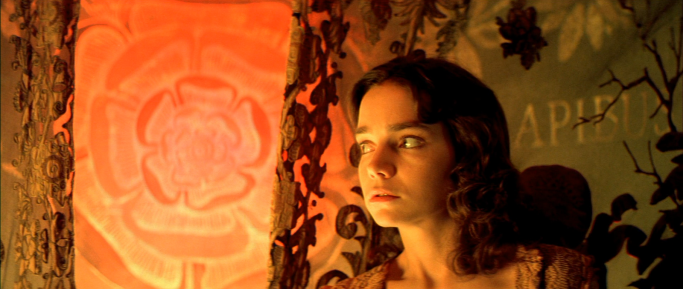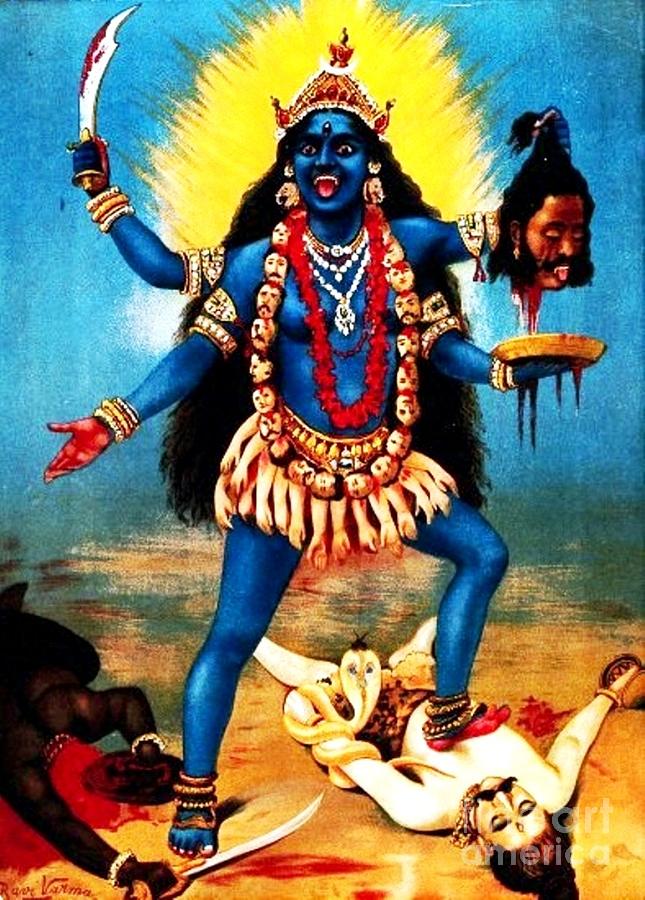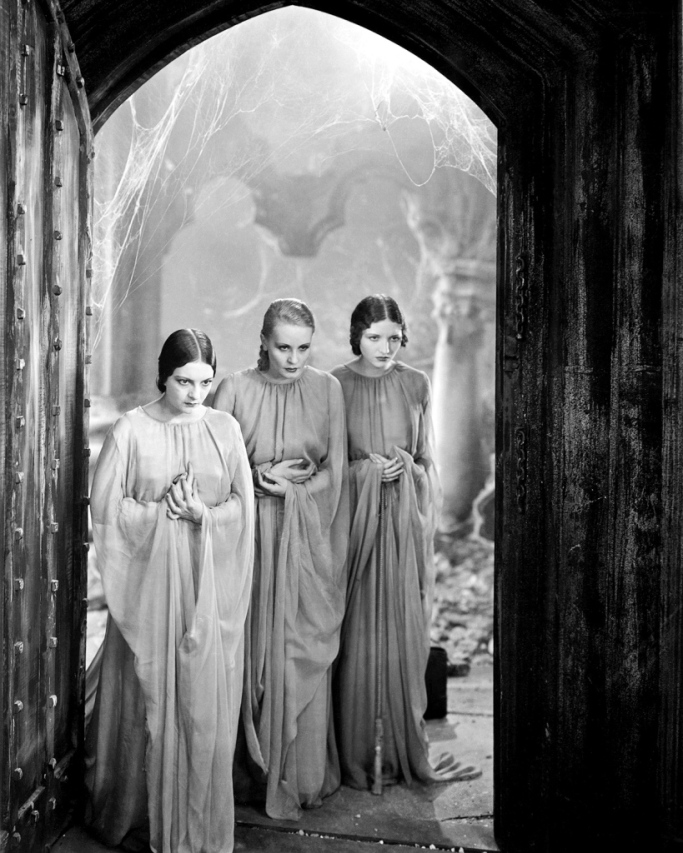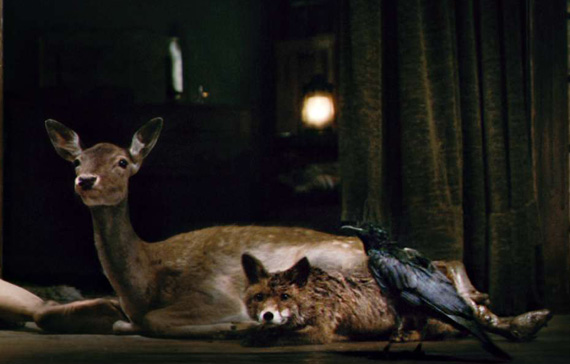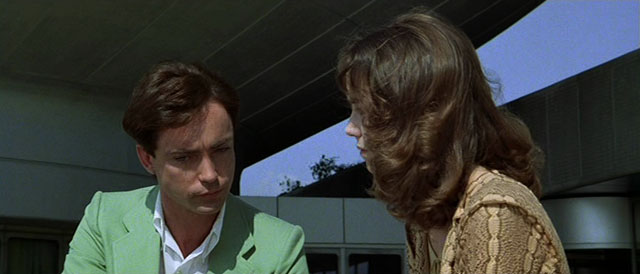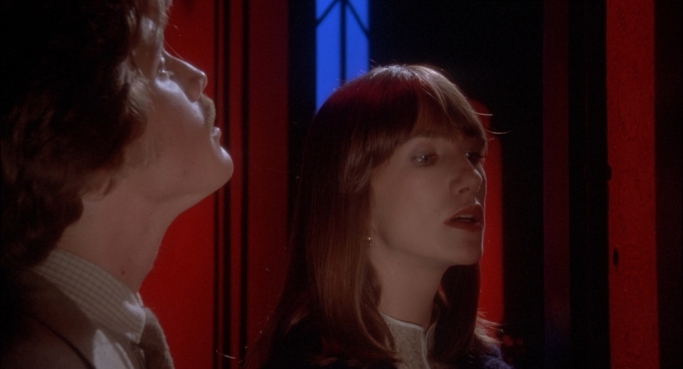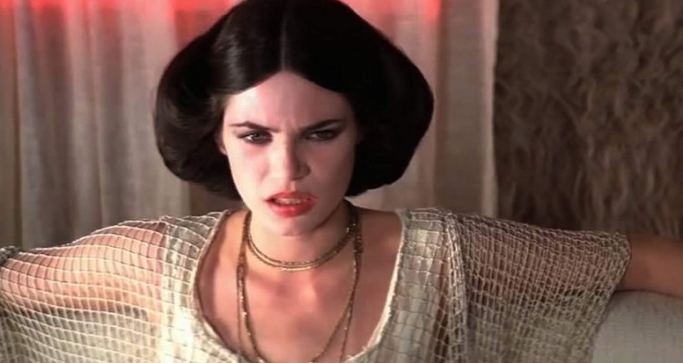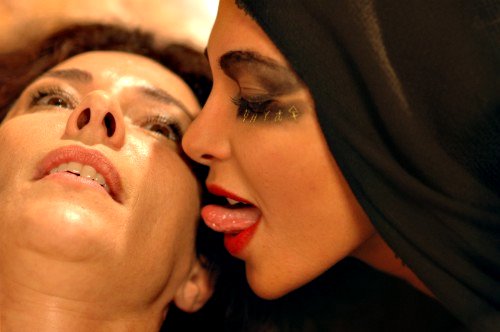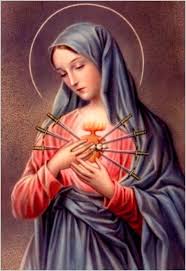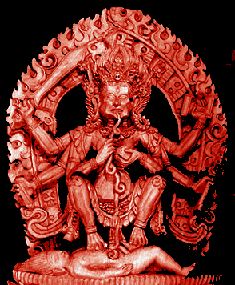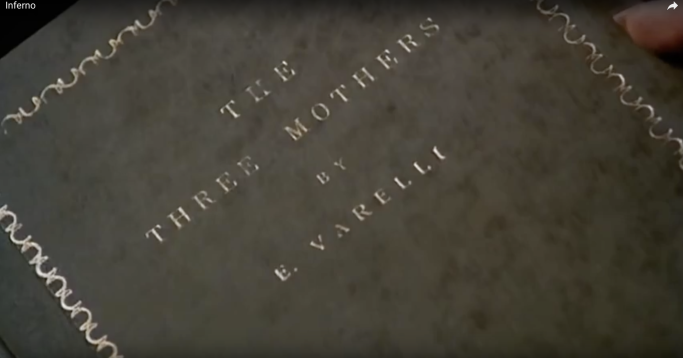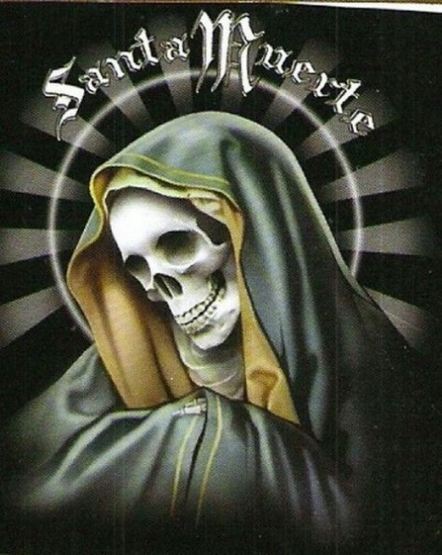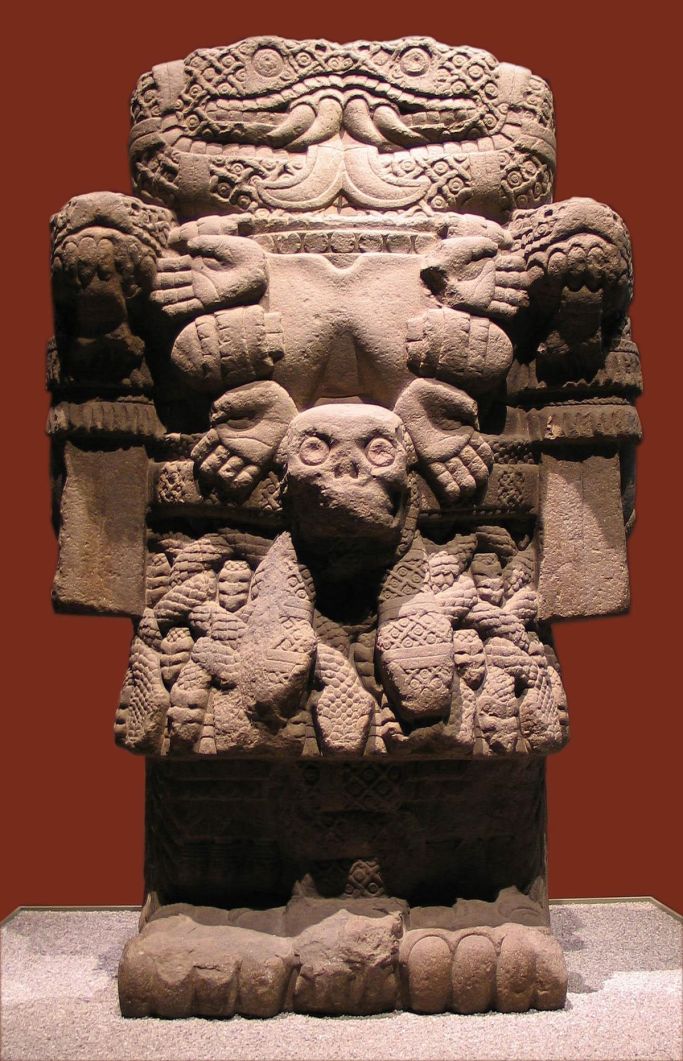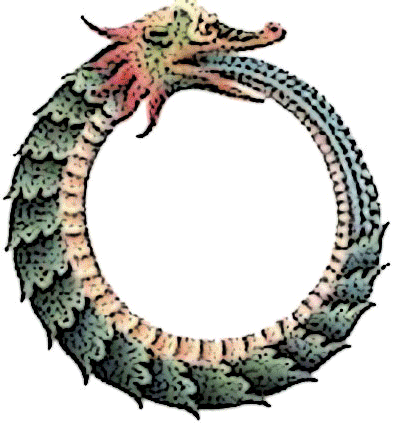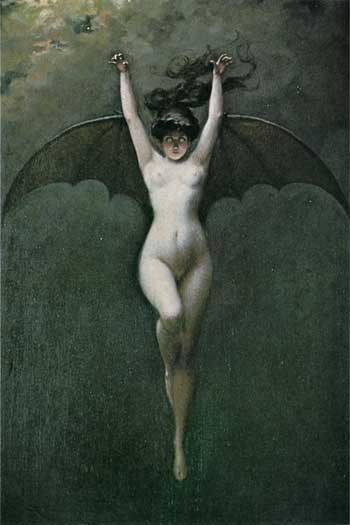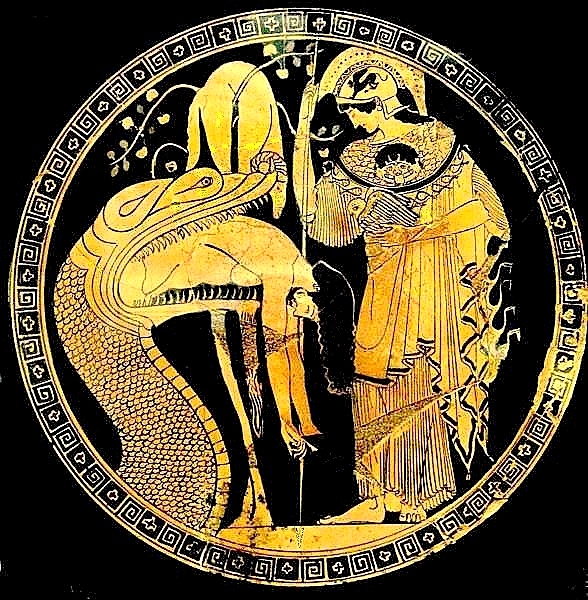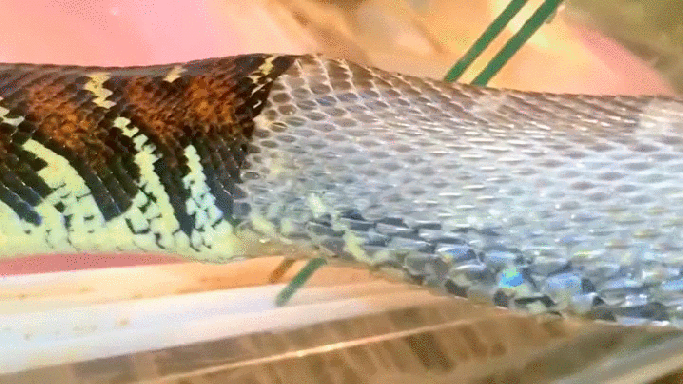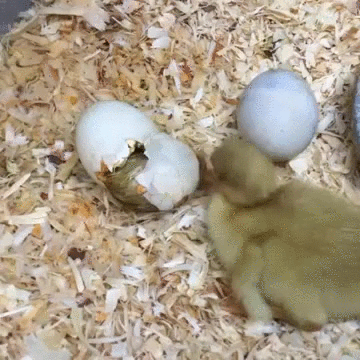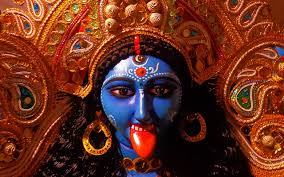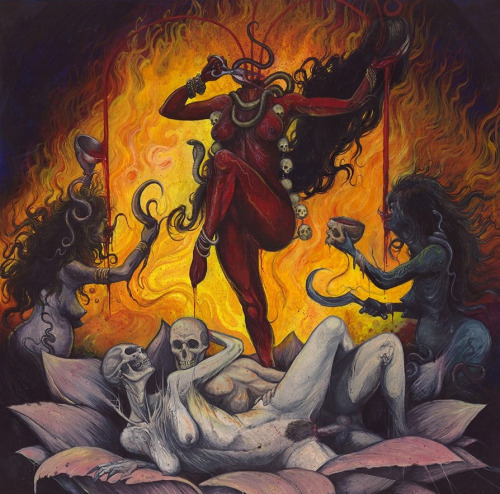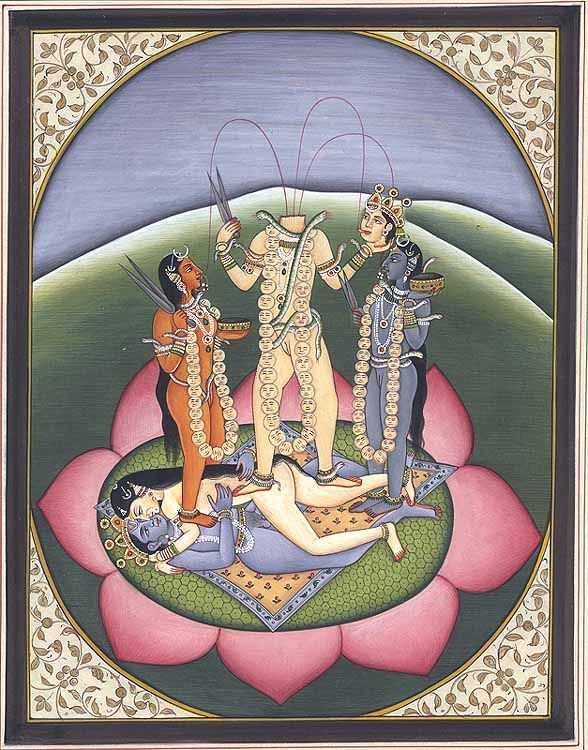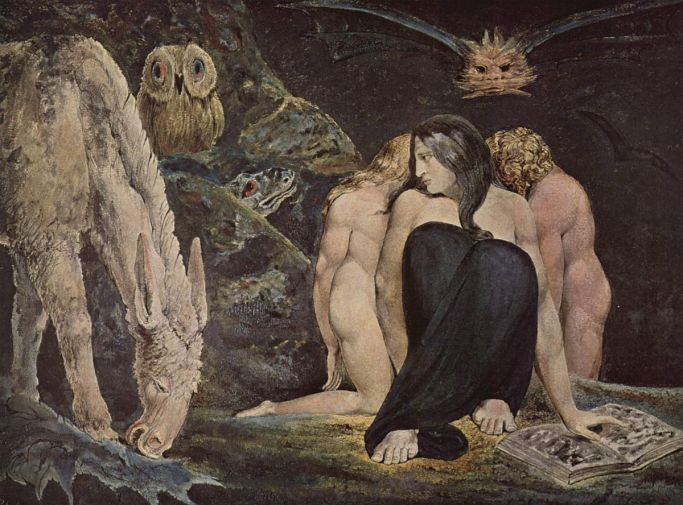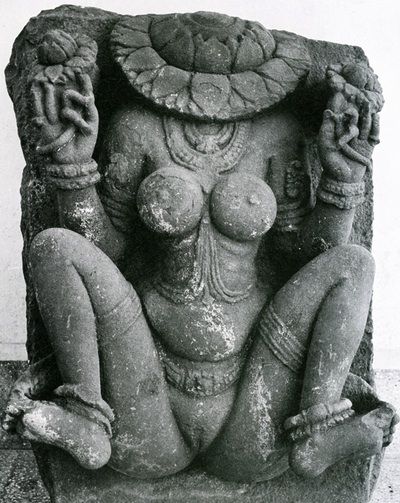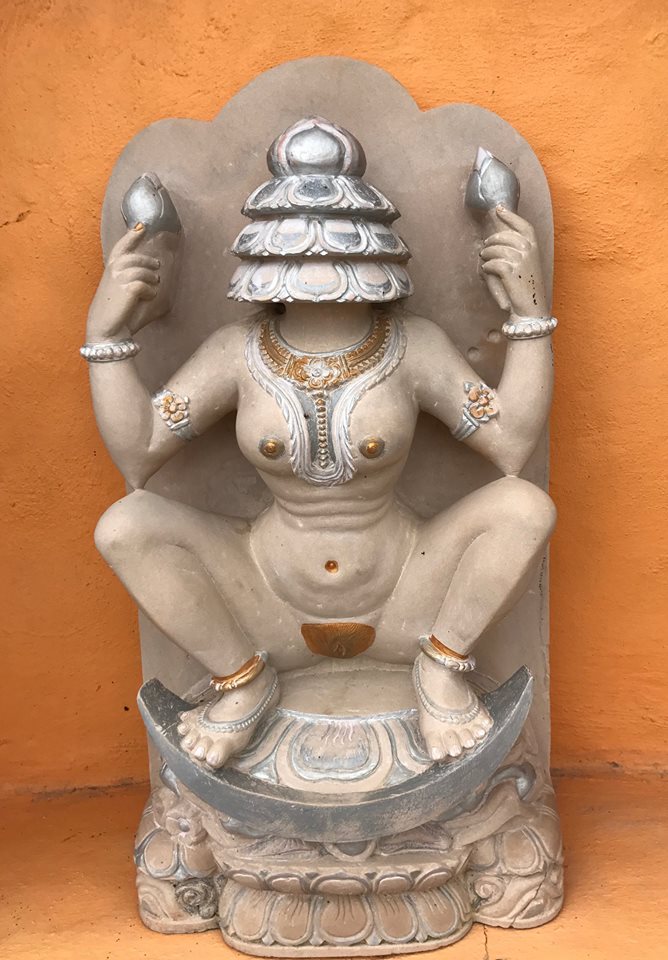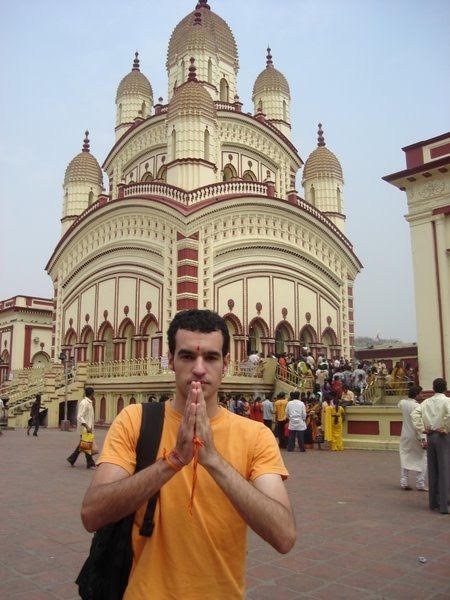
Rafael Espadine at the Dakshineswar Kali Temple near Calcutta, India.
Devil in the Details is proud to share this interview with Rafael Espadine, an artist and Philosophy student, researcher on the occult and ancient spiritual cultures. He works in the field of Indian culture in his native Brazil. He is also a fan of occult horror and was the first contributing writer to Devil In the Details with his thought provoking Suspiria inspired piece: Susanna Bannion (or the power that lies in a name). The pictures of artwork accompanying this interview are those by the hand of the artist, courtesy of Rafael Espadine. More of his fine art work may be viewed at his site: Spadini Arts , and @r.spadini on Instagram.
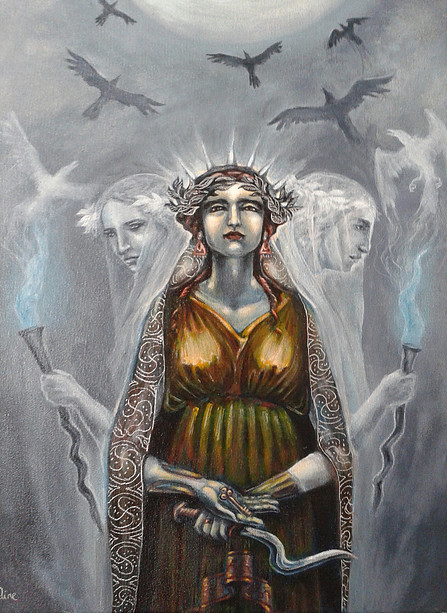
Hekate painting by Rafael Espadine
Devil In the Details: Have you always been creative or interested in art?
Rafael Espadine: My earliest recollections of myself and the world around me always involve art. My mom often says her womb is probably full of frescoes. She was and is my greatest sponsor, the first to ever buy me paints and canvases and papers etc. She is a ballerina and can draw and paint and sing very well, so I guess it’s kind of… Hereditary… (drums a rimshot).
Devil: How do you approach making a piece of spiritual art?
R. Espadine: For me sacred art has to be truly inspired by the spirit, touched by a bolt of light, emotionally and intellectually moved and it must bring a fresh glance into something that is by nature, timeless. Some of my best works came out of nowhere and involved physical reactions that could be compared to trance states. I like to be respectful to the spirit of the character or symbol being represented. I’m a lover of tradition and traditional iconography and my experience has proven to me that one can innovate in style and approach and yet retain the traditional spirit. I guess it is high time to leave fantasy art to RPG books.
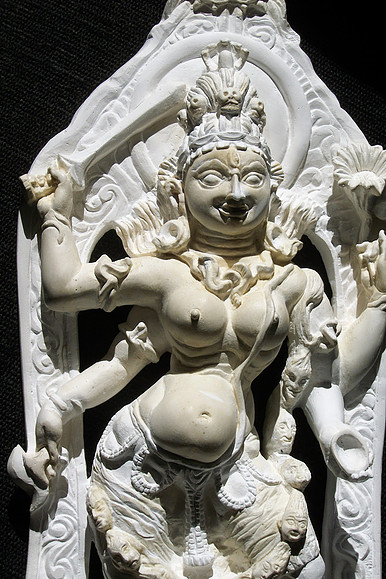
Ugra Tara (Kalika) – a fierce form of pregnant Kali. Original creation inspired by traditional design; by Rafael Espadine.
Devil: What are some of your artistic influences or inspirations?
R. Espadine: Artistically speaking my inspirations would be the Renaissance period and the Symbolists and Pre-Raphaelites, but I always go back to Pompeii’s frescoes and Egyptian art in general but mainly from the Ptolemaic Era. The timeless character exuded by ancient art is unmatched and a big part of my work pays tribute to such aesthetics. Oh, not to mention the East as Indian art has always fascinated me and the art produced during the Pala dynasty is my all-time favorite Indian art.
Devil: You are a culturally well-rounded individual and kind of a Renaissance Man. You also have an impressive singing voice.
R. Espadine: Oh, thank you so much for listening! Music is a big part of my artistic expression and I have always being involved with vocal groups and solo experiences. Dance too, as I have been exposed to ballet and practiced northern Indian classic dance (Kathak) but music, or better saying, the art of singing, is–in my humble opinion–, the only art you can truly carry with you in a most natural way that does not depend on external tools and conditions and that characteristic is amazing. The songs I managed to compose myself are usually short and inspired by ancient folk ballad tunes. Opera is where I meet almost a perfect combination of all those experiences and expressions and I am a coloratura aficionado.
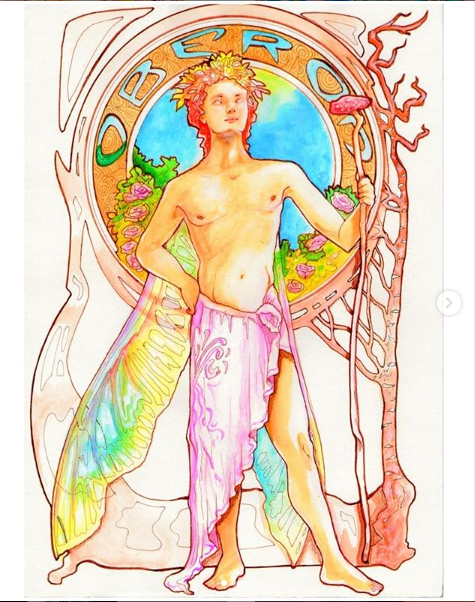
Oberon by Rafael Espadine; from his Instagram page.
Devil: Where else do you find the touch of Spirit?
R. Espadine: Besides the artistic inspiration, I would say the obvious: Nature is the highest inspiration. Subject wise I would say that mythology, fairy lore and witchcraft are my favorite subjects.
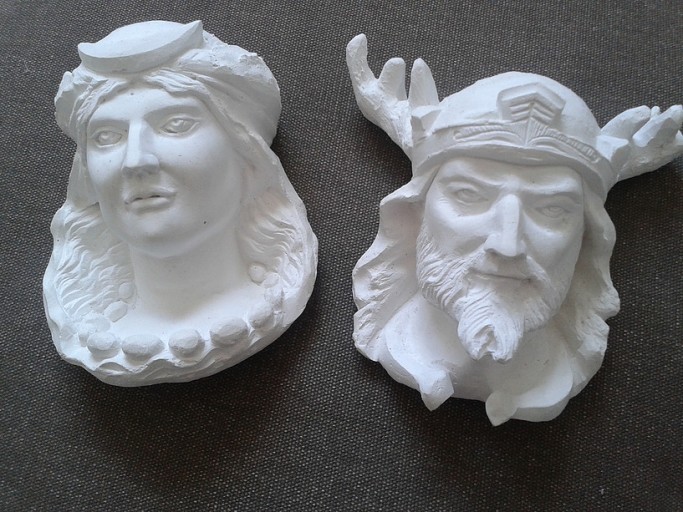
Witchy Deity sculptures by Rafael Espadine
“Evil for me has always been a desmesure, an unbalanced excessiveness.”
Devil: When were you first drawn towards the horror genre? Through what medium?
R. Espadine: I guess I have always been fascinated with the supernatural and I see the horror genre, in cinema above all, as the only genre that deals with the subject in all its natural turmoil, especially of its darker shades.
Devil: Do you feel that the horror genre touches upon spirituality?
R. Espadine: Spirituality for me has never been a rigid experience, but a vivid dynamic one. I believe that the world of Spirit has a natural grip to our deepest emotions and I think that good supernatural horror is the best genre to induce that in a cinematic experience. We sometimes need extra doses of shock to question what we see around and inside ourselves and the symbolic language of supernatural horror can be a good way to cathartically express that.
Devil: What diabolical or occult horror films or books have impressed or made the biggest impact on you?
R. Espadine: The Exorcist is for sure one of my favorites. It is the Maria Callas of horror. I was lucky to read the book before I saw the film, and the book was a very impacting experience. Just the opening transcriptions of human atrocities would be enough as a glimpse into the problem of evil. However, The Omen had the biggest impact on me as a film in my childhood because the implications were easier to understand at that time. Later on I could understand better the so many substrata present in The Exorcist – including the political ones and even the possibility that poor Pazuzu had nothing to do with poor Regan… – but as a kid The Omen made me think and question deeper theologies (and also to look for a certain birthmark under my hair…). Even later on Rosemary’s Baby proved to be a most instigating root of that type of plot and a much more elegant and disturbing one. I like the depiction of the supernatural within the apparently ordinary life that doesn’t call for too much gore or CGI to convey the message.
“The Exorcist is for sure one of my favorites.
It is the Maria Callas of horror.”
Devil: What were your earliest religious or spiritual influences?
Rafael Espadine: As a kid I was never told that there were fixed parameters to be followed or a single universal true that should be blindly accepted by all. When I asked my mother “how God is?” , and she said “it is Energy,” to which I replied, “I’m gonna make a drawing of God”, which I did. The result was a drawing of a bearded strong man seated on a cloud… but naked and holding a trident, so I can only guess that there are things that we simply bring within ourselves to this world somehow.
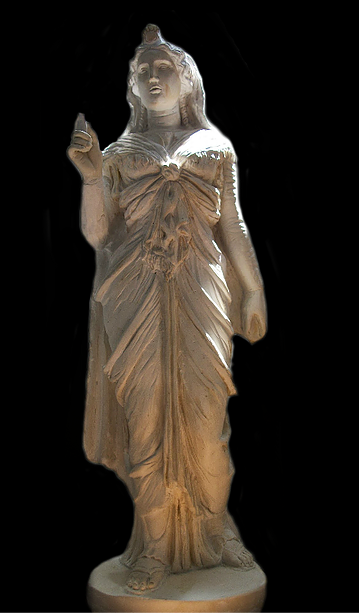
Roman Isis, From a statue of the Hadrian era (117 – 138 AD). 25cm high. Sculpture by Rafael Espadine.
Devil: How would you describe your present spiritual path?
R. Espadine: I am an initiate of, and in, many spiritual paths – all duly practiced, although not at the same time and not all continued. I have always tended to the mystic ways within the greater spiritual traditions – or the alternate ones. At this point it is clear to me that the ancient mystery and magical traditions are my stronger strands as they normally coexist without clashing and are more open to personal gnosis, although I also tend to like things traditional in essence as I do in art. Philosophically-wise, I would say that Buddhism and (Indian Tantric) Kaula metaphysics are the most compelling ones to me. I’m a nature lover and the acceptance of this world and nature as a whole and as divine in itself is a basic tenant to me. Despite all that, I have the strong impression that Art is itself a valid expression of spirituality and it can be a full-fledged spiritual path like any other and such an achievement is a main goal for me. Above all, if I should have a God that would be Nature Herself in all its splendor and darkness.
Devil: Now, a Devil In the Details question we wish to pose to any one we interview, as a way of getting different views on our diabolical horror theme. What do you consider evil in today’s society?
R. Espadine: Evil for me has always been a desmesure, an unbalanced excessiveness. Think of it: a nation trying to expand territory at all costs, a virus, a cancerous cell, an animal out of its environment, a mind that can’t focus in the present time, excessive worry, man trying to be superior to Nature, a person who tries to get a promotion at all costs, etc. It’s always related to expanding and having more and more and more. It was true in the past and it is true today. Knowing our place and our potentials and trying to reach and do more but only as much as possible and in harmonious ways is mandatory at all costs.
Devil: Thank you so very much Mr. Espadine. It has been a delight getting to know you and we will certainly be keeping an eye on your artwork and other creative endeavors as something to look forward to.
Rafael Espadine: Thank you so much for this interview. It is a big pleasure to contribute to this website in any possible way since this is one of my favorite places on the internet.

